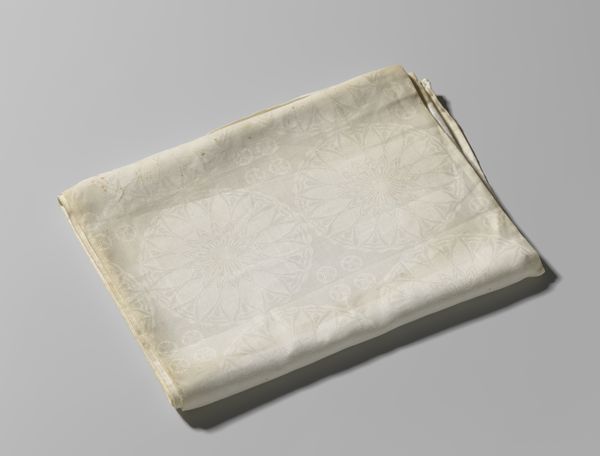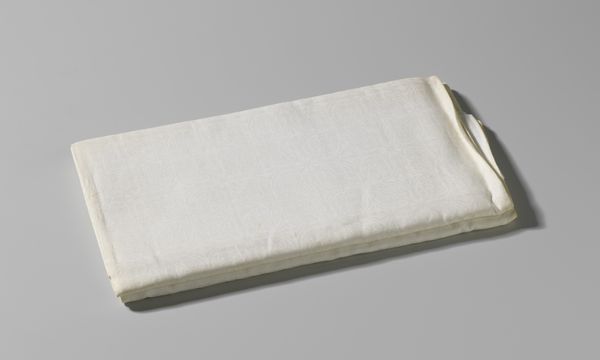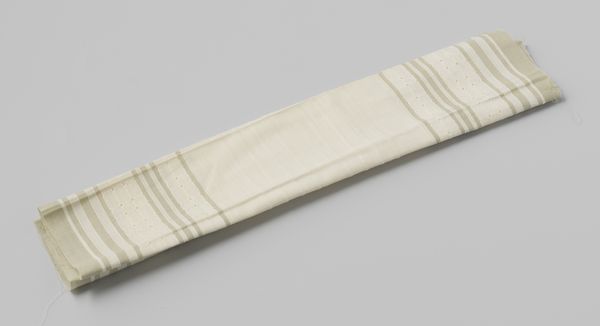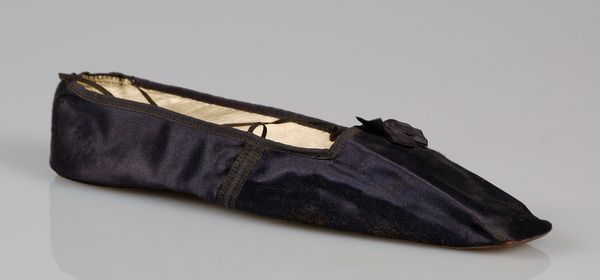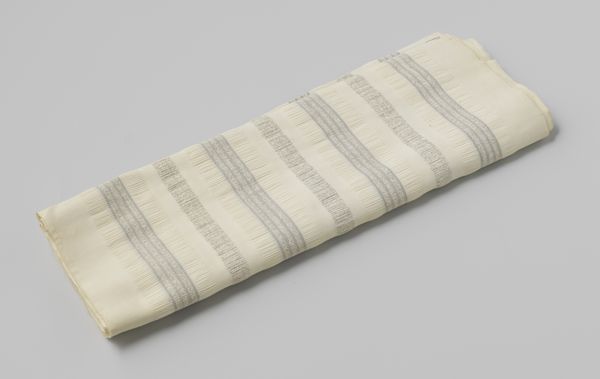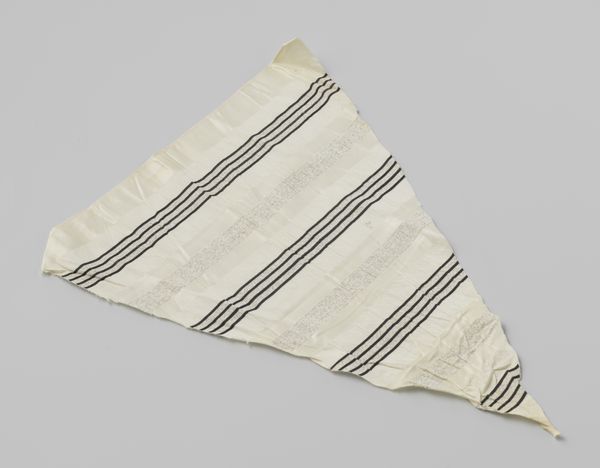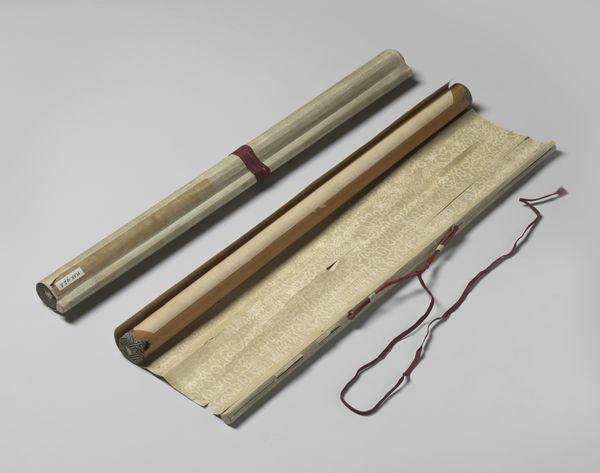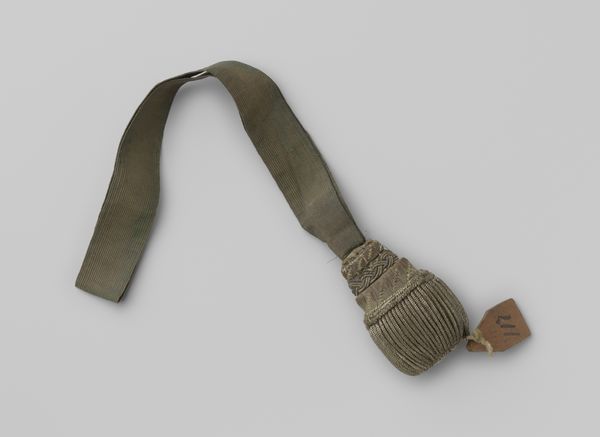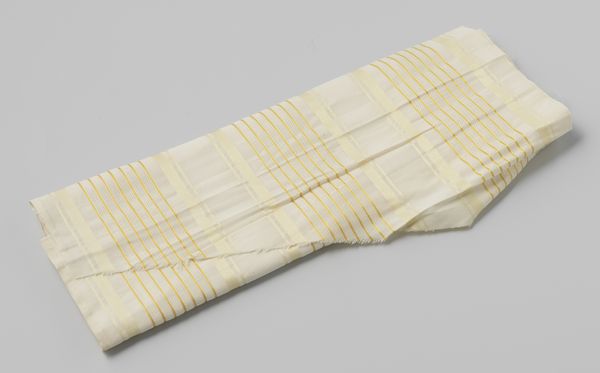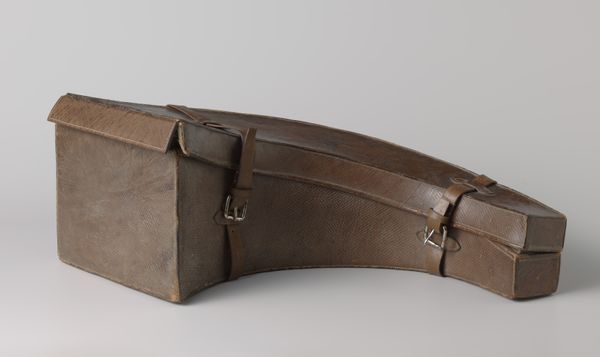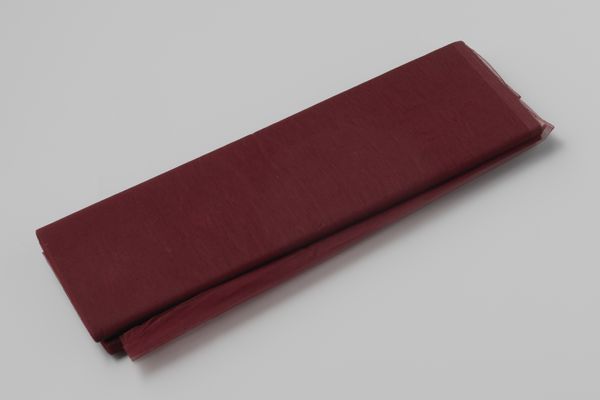
Dimensions: height 11.3 cm, diameter 3.3 cm
Copyright: Rijks Museum: Open Domain
Philip Borkens made this transverse flute section sometime before his death in 1765, we're not sure exactly when. Looking at it now, we can appreciate the transverse flute as an instrument that held a unique social position in the 18th century. In the Netherlands, as elsewhere in Europe at this time, music was not simply entertainment. It was a marker of social status and refinement. The transverse flute, easy to carry and play, became quite popular among the upper classes. Depictions in paintings and literature suggest that playing such instruments signified cultivation and gentility. Think about the role of musical instruments in portraits of the period, subtly implying wealth, taste, and education. The survival of this flute section offers more than just a glimpse into musical history. It gives us a deeper understanding of the cultural values and social dynamics of 18th-century Europe. By studying such objects, along with texts and images from the period, historians reconstruct a rich tapestry of everyday life.
Comments
No comments
Be the first to comment and join the conversation on the ultimate creative platform.
